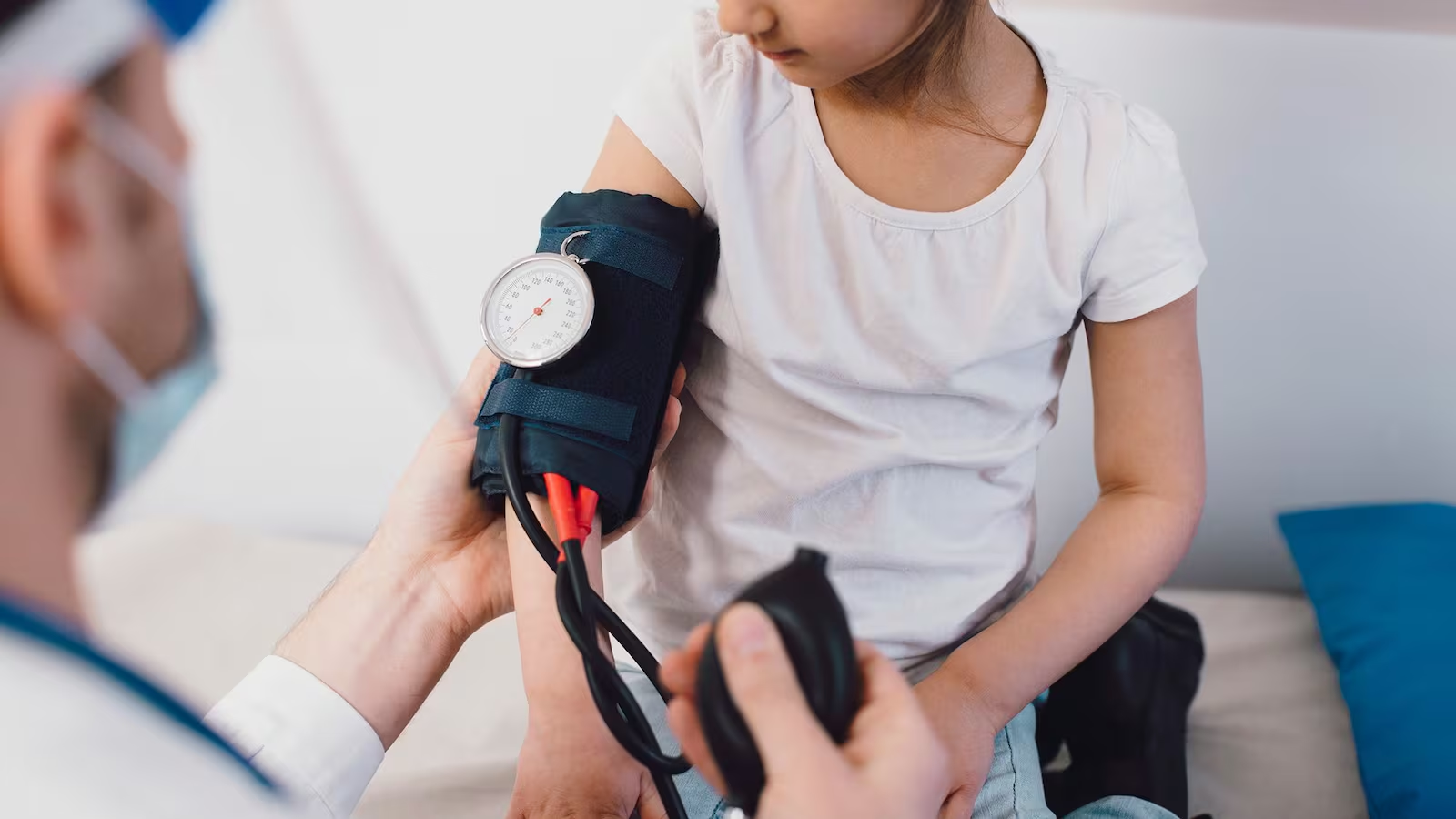Global rates of high blood pressure among children and teens have almost doubled in the last two decades, according to new research that raises fresh concerns about long-term heart health for younger generations. A study published Wednesday in The Lancet Child and Adolescent Health found that childhood hypertension has surged from 3.4% to 6.5% in boys and from 3% to 5.8% in girls between 2000 and 2020.
The findings, led by Dr. Peige Song of Zhejiang University School of Medicine, highlight a trend that experts say could increase the risk of heart disease later in life, the leading cause of death in the United States. Dr. Mingyu Zhang of Harvard Medical School, who was not involved in the study, emphasized the seriousness of the issue but noted that hypertension remains a modifiable risk factor.
Researchers say the rise in childhood hypertension stems from several intertwined factors: increasing rates of childhood obesity, high consumption of processed and salty foods, poor sleep, chronic stress, hereditary influences, and reduced physical activity among today’s young people. Sedentary lifestyles driven by screen time have also played a significant role. Environmental pollutants may be contributing as well, including PFAS—long-lasting “forever chemicals” that have been linked to hypertension and various health issues in children.
Experts stress that high blood pressure shouldn’t be viewed as an adult-only concern. For parents worried about their child’s risk, specialists recommend focusing on healthy habits rather than shame or strict food restrictions. Pediatric dietitian Jill Castle encourages families to emphasize nutritious foods, maintain flexibility in meal choices, and avoid labeling foods as “good” or “bad.” She also recommends regular family meals and discourages using sweets as rewards, saying such practices can undermine a child’s long-term relationship with food.
The study compiled data from 96 studies across 21 countries and uncovered another crucial insight: many cases of childhood hypertension may be going undetected. Children often experience “masked hypertension,” where their blood pressure appears normal during a doctor’s visit but is elevated in everyday settings. Conversely, some children have higher readings in clinics but normal levels at home. By incorporating both office and at-home measurements, researchers found masked hypertension to be the most common type—suggesting that millions of children may be slipping through the cracks.
Experts say the findings point to a need for improved screening, better monitoring tools, and increased global awareness. One blood pressure reading may not be enough, and without early detection, many children could face preventable health problems later in life.

